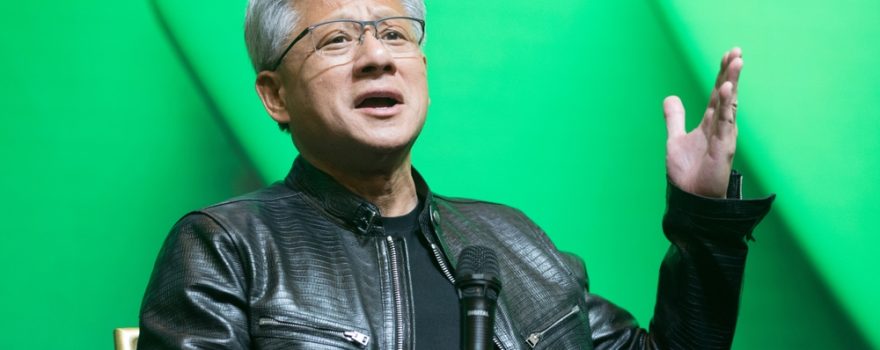
Nvidia is scrambling to maintain its position in China as American export restrictions tighten. CEO Jensen Huang highlighted the near parity of Chinese chipmakers with U.S. competitors, saying they are only “nanoseconds behind” in technology. He argued that letting U.S. firms sell their AI chips in China could actually benefit America by spreading influence and fostering innovation. Read more here.
Meanwhile, Nvidia is preparing to resume shipments of its H20 AI GPU to Chinese customers after a months-long pause due to the new regulations. The company is also working on a successor chip designed to comply with the restrictions while improving performance. This is Nvidia’s second attempt to create an AI accelerator specifically tailored for the Chinese market since previous bans on the A100 and H100 models.
China isn’t standing still. Huawei has begun shipping its Atlas 900 A3 SuperPoD systems powered by Ascend 910B chips and is pursuing a roadmap through 2027 to match or exceed current global chip performance. Unlike Nvidia, these systems are CUDA-free and optimized for Chinese software stacks, challenging Nvidia’s previous 95% market share in the region.
Backing China’s self-reliance, tech giants like Baidu, Alibaba, Tencent, and ByteDance are heavily investing in custom silicon and infrastructure. Tencent, for instance, has fully adapted its systems to support domestic chips. Huang stressed that China publicly promotes an open market, hoping foreign companies will compete locally — a stance he supports if Nvidia can remain engaged.
Nvidia’s strategy is to sustain a foothold in China while navigating geopolitical divides. Even a less powerful H20 chip allows Chinese firms to stay connected to the Nvidia ecosystem for now. The company faces the delicate balance of serving global AI demand while respecting U.S. export controls, all while watching a formidable, fast-moving competitor rise on the horizon.

 Get in Touch
Get in Touch 


